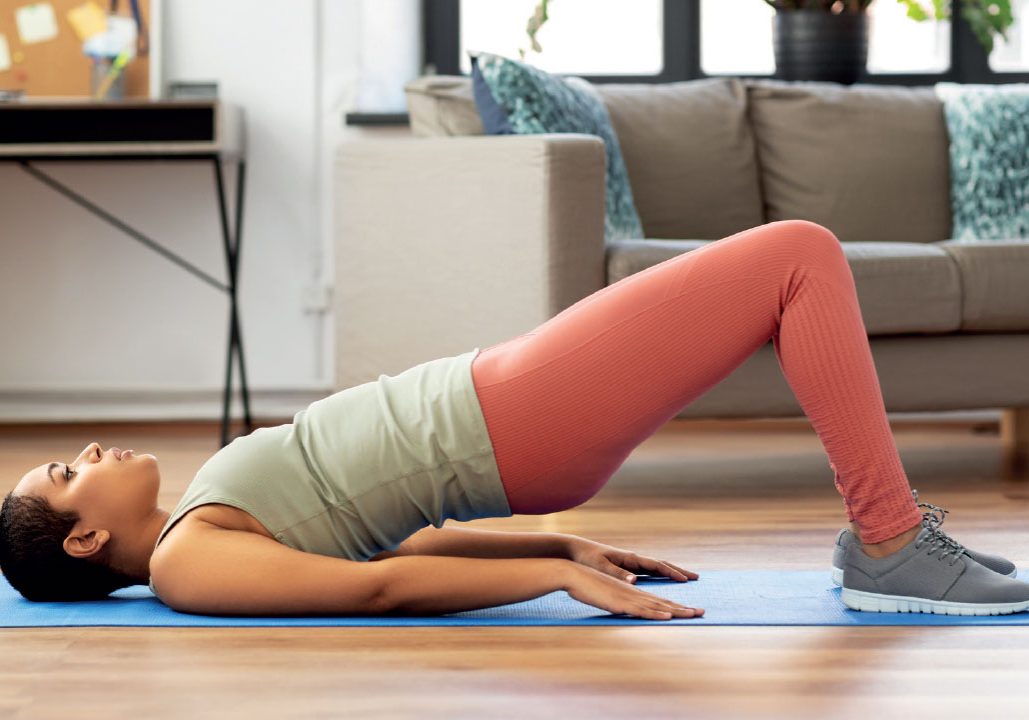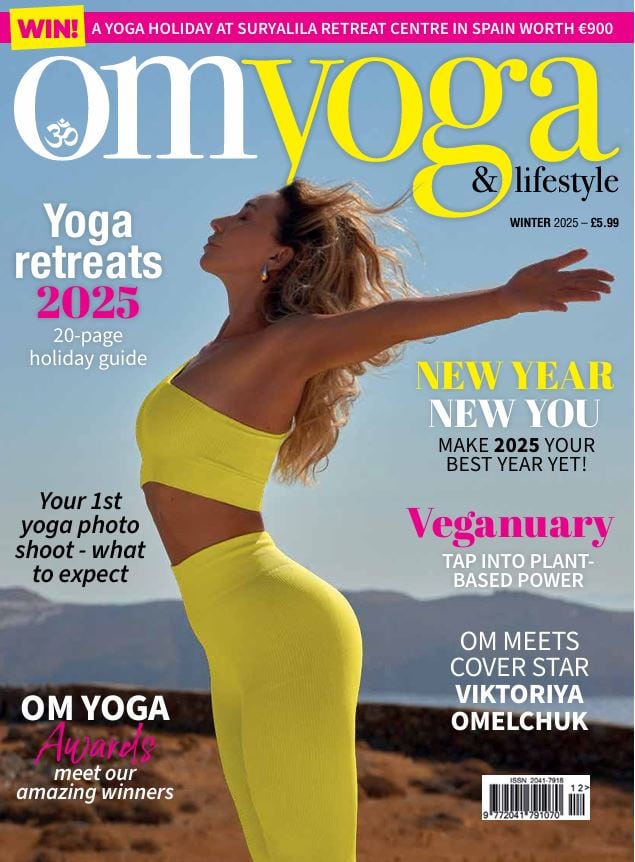
Yoga, intuition & the nervous system
Deepen your intuition with yoga and nervous system regulation. By Linda Kleida Romera
Reading time: 4-5 minutes
My clients and yoga students often ask: How can I tell if it’s my intuition speaking or something else? The journey to accessing that inner voice, especially in times of decision, is a skill all its own. The most significant obstacle — and the key — to unlocking it lies in how well-regulated our nervous system is.
Intuition, our ability to know or sense things without conscious reasoning, is deeply connected to our body’s physical and energetic systems. If our nervous system is dysregulated, feeling overwhelmed, or stuck in stress, it can create a barrier that blocks us from tapping into intuition. Fortunately, specific yoga poses and kriyas (cleansing practices) can help regulate the nervous system, align the body’s energy centres (chakras) and support a more receptive, intuitive mind.
Let’s explore the link between intuition and the nervous system, how yoga and chakra work can help, and specific poses to unlock your intuitive potential.
How Nervous System Regulation Supports Intuition
The nervous system, particularly the autonomic nervous system (ANS), regulates our response to stress, balancing between the sympathetic (fight-or-flight) and parasympathetic (rest-and-digest) states. When the nervous system is balanced, we’re more likely to feel calm, connected and able to ‘hear’ intuitive signals. However, if our nervous system is in a chronic state of stress, it can cloud our mind, block intuition and amplify fears or insecurities.
For those seeking a stronger connection to intuition, regular nervous system regulation is essential. By creating harmony in the nervous system, we pave the way for clear, balanced thinking and enhance our ability to tap into intuition.
The Role of Chakras in Nervous System and Intuition
The chakras, energy centres in the body, interact closely with the nervous system and influence our physical and intuitive health. Here are the chakras most relevant to intuition:
Root Chakra (Muladhara): Located at the base of the spine, the root chakra is connected to feelings of safety and grounding, which are foundational for a regulated nervous system.
Heart Chakra (Anahata): Found at the centre of the chest, this chakra governs love, compassion, and emotional openness, helping us trust and connect to intuitive signals from the heart.
Third Eye Chakra (Ajna): Positioned between the eyebrows, this chakra is considered the centre of intuition and insight, directly influencing how we perceive inner guidance and clarity.
Daily Intuitive Intentions
Begin each yoga practice by asking an open question related to an area in which you seek guidance. Asking open questions and exploring inner dialogue with your intuition daily is part of a simple but profound practice. Listen for intuitive responses as you practice or go through your daily routines.
Some days you may notice nothing, while other times insights may flow unexpectedly. Everyone connects with intuition differently, so allow yourself the space to discover how it shows up for you. Keeping a journal of these experiences can help you deepen this connection and gain clarity.
Yoga Poses and Kriyas for Nervous System Regulation and Intuition
Yoga, particularly through mindful poses and kriyas, can enhance nervous system regulation and balance the chakras, which in turn opens us up to intuition.
Here are some highly effective yoga practices for each chakra and the overall nervous system.
Child’s Pose (Balasana) – Root Chakra and Calming the Nervous System
Child’s Pose is a deeply grounding posture that soothes the nervous system and helps you connect to the root chakra. It allows your body to release tension and shift into a state of calm, which is crucial for feeling safe and present.
Kundalini Cat-Cow Kriya – Balancing the Root and Sacral Chakras
This kriya, often used in Kundalini yoga, helps release tension along the spine and regulates the sacral chakra, where emotions are stored. The rhythmic movement between Cat and Cow poses also stimulates the vagus nerve, which plays a key role in calming the nervous system.
Bridge Pose (Setu Bandhasana) – Heart Chakra and Parasympathetic Activation
Bridge Pose helps to open the heart chakra, relieving stress stored in the chest and creating emotional openness. By gently stimulating the parasympathetic nervous system, this pose is calming and helps balance emotions, a foundation for accessing intuition.
Ego Eradicator (Kundalini Breath Practice) – Balancing the Nervous System and Third Eye Chakra
Ego Eradicator is a Kundalini breath practice that strengthens the lungs, regulates the nervous system, and energises the third eye chakra. It involves rapid breathing, which activates the sympathetic nervous system for short bursts, followed by calming periods that engage the parasympathetic system.
Alternate Nostril Breathing (Nadi Shodhana) – Harmonizing the Nervous System and Chakras
This breathing technique, Nadi Shodhana, is known for its ability to balance the left and right hemispheres of the brain and harmonise the nervous system. It also calms the mind and clears energy pathways, allowing you to better hear your inner guidance.
Corpse Pose (Savasana) with Visualisation – Overall Nervous System Reset
Savasana, or Corpse Pose, is a relaxation pose that allows the body and mind to integrate the effects of your yoga practice. Adding a brief visualisation of the third eye chakra can help heighten intuitive awareness.
Accessing your intuition becomes easier and clearer when the nervous system is regulated and the chakras are balanced. Incorporating these yoga poses and kriyas into your routine not only helps release tension and stress but also aligns your energy and supports a calm, receptive mind. Over time, this practice can pave the way for a more intuitive, connected, and grounded life.
By working on both the physical and energetic levels, you can bridge the gap between your nervous system and intuition, creating harmony that allows inner wisdom to emerge naturally.
Linda Kleida Romera is a therapist, yoga teacher, health coach and complementary health practitioner with over two decades of experience working with clients worldwide. Specialising in burnout, energy and stress management, she combines these tools to offer a holistic and practical approach to health and creative self-exploration. Visit: TeraKaurYoga.com


